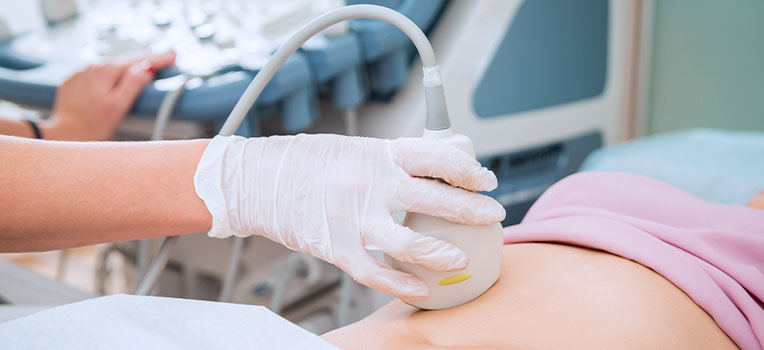Endometrial Receptivity Assay (ERA) is a diagnostic uterine biopsy used to help determine the window of progesterone exposure ideal for an embryo to implant. In a natural menstrual cycle, after ovulation, the body produces the hormone progesterone to help the uterus prepare for implantation and support early pregnancy. Every patient’s cycle may be slightly variant in timing.
Should I consider endometrial receptivity testing?
Your physician may recommend endometrial receptivity testing if you have a past history of unsuccessful embryo transfers, a limited number of embryos or are using donor egg embryos.
Please speak to your doctor about this test to see if it’s right for you. Many fertility specialists do not recommend this test due to the limited data and studies to show it improves outcomes, such as live birth rates. If you have questions, feel free to reach out to Progyny’s Clinical Educator Team or your physician.
How the test works
If your physician suggested an ERA biopsy, here is what you can expect.
Leading up to the biopsy, the endometrial lining (lining of the uterus) and hormones are monitored through ultrasound and blood work. This is usually the same protocol as a frozen embryo transfer (FET) cycle, and may include medication, such as progesterone. A ‘mock cycle’ is needed to mimic the endometrial response to hormones to know how to plan for the true transfer cycle ahead. Once the endometrium is prepared as it would be for the embryo transfer, the doctor performs an endometrial biopsy instead, removing a small amount of tissue from the uterus to send to the lab. There may be some cramping and discomfort during the biopsy, but it is a quick, simple process that is usually done in the consultation room, and anesthesia is not necessary.
Back at the lab, a fertility specialist analyzes genes that have been isolated from the tissue and uses this to assess endometrial receptivity.
Understanding the results
This analysis has three potential results:
- Receptive – Uterine tissue deemed to be within the window of implantation. This means the patient was on progesterone for the correct amount of time. The physician can use this same ‘mock cycle’ protocol for the FET cycle following the mock cycle.
- Pre-receptive result – Results as inadequate progesterone exposure. This means the patient was not on progesterone long enough and the lining was not receptive to the embryo. The future FET may include a longer time on progesterone.
*Transfer cycle standard is six days of progesterone exposure. The ERA results will define how many hours of progesterone support should be used prior to the embryo transfer, which may mean an additional 12 hours or 24 hours prior to transfer.
- Post-receptive result – Result indicates past ideal timing of progesterone exposure prior to biopsy (transfer). This means the patient started progesterone too early prior to the biopsy. This result requires a repeat biopsy to take place to confirm the correct timing of progesterone initiation in relation to embryo transfer. The repeat biopsy results will determine how many hours of progesterone support the patient needs prior to transfer, which may be 12 hours or 24 hours less than usual.
It’s also possible to have an inconclusive result, which is rare. This would require a repeat mock cycle and endometrial biopsy.
While hormones are typically consistent from month to month, there are some factors that can impact the implantation period. It is important to speak to your physician to understand any factors that could impact your hormones and the implantation period.
To learn more about this test, listen to This is Infertility’s Podcast Episode 137: Fertility 101: Endometrial Receptivity Test. You can also find more information on our website at progyny.com/education or contact your dedicated Patient Care Advocate or Clinical Educator at Progyny.
